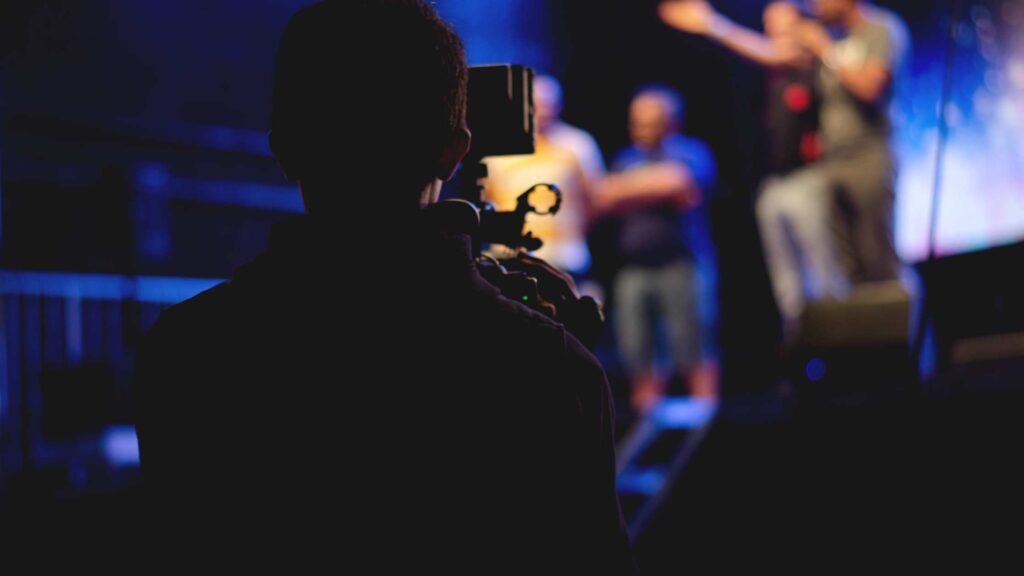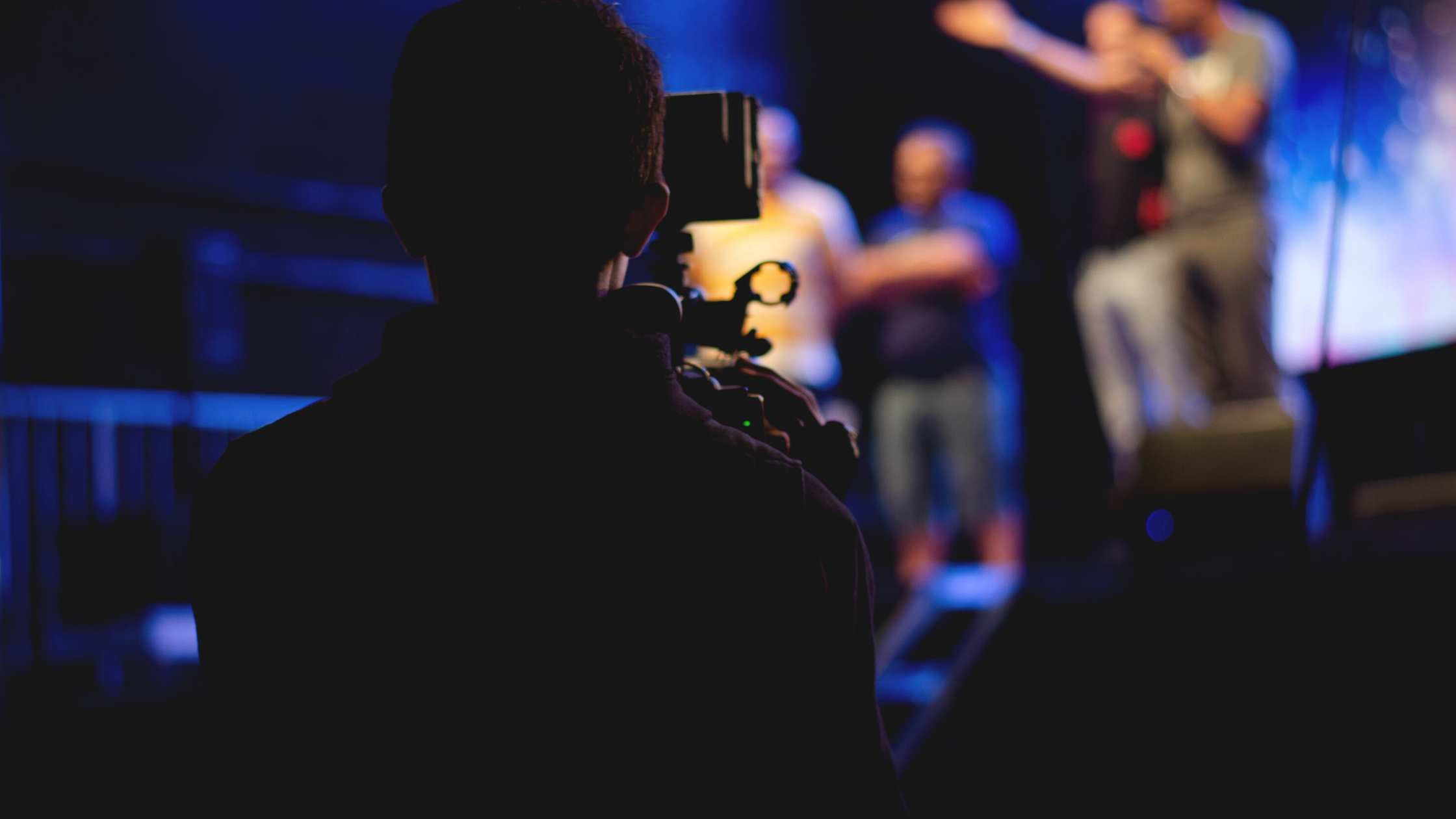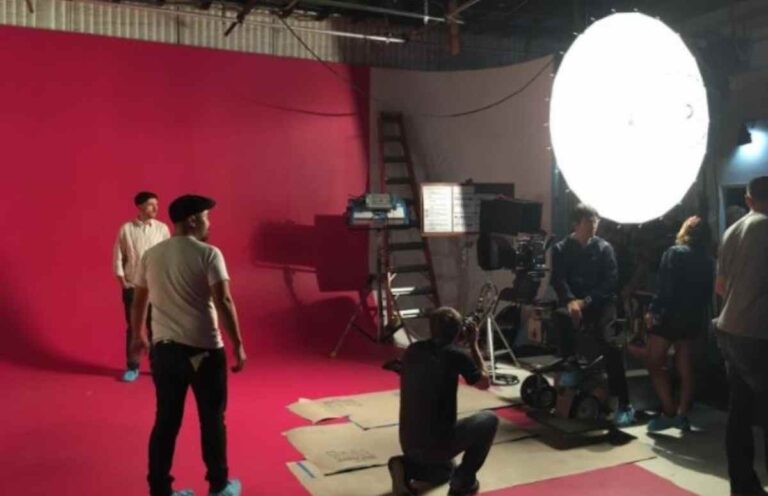Importance of Lighting in Videography
There are many aspects involved in creating a visually aesthetic and engaging video or film, and correct lighting is the backbone of any emotion being projected on screen. It is what sets the mood for each shot. Hence, its always the lights that are set before the camera is turned on and the scene is shot. It is due to the fact that the cameras do not respond to lights in the same way as the human eye does, hence, lighting plays a very important role in generating the desired effect in any shot.

The details and lighting contrasts a human eye can see are incredibly developed, and cameras just can’t pick up on these nuances on its own. Therefore, additional lighting is essential to make the definition of a video comparable to what the human eye sees naturally. Correct lighting governs the required mood of the scene and evokes a dramatic or subtle palette for the shot. Irrespective of the content, any video that is produced, shared and viewed has an element of thought and design behind the lighting.
Generally, more advanced is the commercial video production, the more advanced is the lighting behind it. Aspects such as the location, usage of ambient light, changing conditions, shadows and natural light all play their part in affecting the look and feel of the shot. But choosing the correct lighting it is very crucial to efficiently use the time and space you are working with. Each location, environment, or situation would require different light set ups at different points in time. For instance, with the natural lights available when shooting outdoors, it is important to adjust the space to create fitting and appropriate light to work with. Similarly, working in a closed studio requires different kind of a set up to work with.
With this, now let us understand the three key types of lighting that is generally used while shooting videos:
- The Three Point Lighting- It is the standard lighting that goes with all kinds of videography and photography. It is the most basic and easiest to master. It consists of three different lights, as the name suggests, which are placed in the front and behind the object. Namely, the Key Light, the Fill light and the Back light.
The Key is placed right next to the camera and shines directly onto the object. While the Fill Light is the secondary light that is set opposite the Key Light, to fill in shadows, leaving the object well lit. The Back Light, as the name suggests, is the one behind the object and allows the picture or video to look more dimensional and gives it more depth. - The Low-Key Lighting- Now this lighting is all about getting the drama in place. It helps in achieving the dramatic look and appearance with strong shadows and very little lighting. This specific technique of lighting has been taken from the painting style ‘Chiaroscuro’. The set up for this can be trickier at first and the effect is achieved with just one light across or slightly next to the object. You can also use a large reflector behind the object to rim the light. It separates the object from the background and gives it more depth and emphasis.
- High Key Lighting- This lighting technique is all about the bright lights, white tones with minimal dark or mid tones. This is often used to depict a cheerful, fresh, or youthful scene and is the reverse of Low-key lighting. To use this lighting to the optimum impact, it is vital to achieve the correct balance between artistic looking images and plain overexposure. The most common setup for this is to have the key light next to the camera and slightly across the object, a fill light opposite of that next to the camera and background lights in the back. However, those background lights shouldn’t directly shine at the object, but should rather be at the wall behind.
Along with lighting comes in the aspect of colours. Colours build the ambience for the emotion being targeted. To keep it monochrome or use colourful lights, it all depends on what you want to display on screen. Each coloured light carries a different meaning to its own, and the use of each colour should be in sync with what the story is trying to convey. For Instance, it is not common to think of a very happy time when dealing with shades of black and grey. Isn’t it? It generally gives out a very serious, gloomy, or a cold vibe. While colours such as Red and Orange gives out the feeling of warmth or passion. Lighting majorly gets overlooked by the audience due to its benign presence in the premises, but the magic it instils in the overall look-n-feel of the video can be measured with the impact the video creates.
Basically, the more time you spend on selecting the appropriate lighting while shooting the video, lesser time you will have to spend in the editing room. Hence, even though choosing and setting up the lighting can be the most time-consuming aspect of the shot, it is worth giving it the suitable consideration to save the post-production hassles and additional editing costs.
To strike the correct balance between the light and shadow you need an expert by your side. And for that you got no one better than Sinema Films. With our 360-degree digital marketing agency we have proven our mettle in the industry. Think of us as an extension of your organisation. Your vision is our mission and our collaboration just doesn’t end after the delivery of the project. We are there for you as your own.





Thanks a lot. I agree with you.